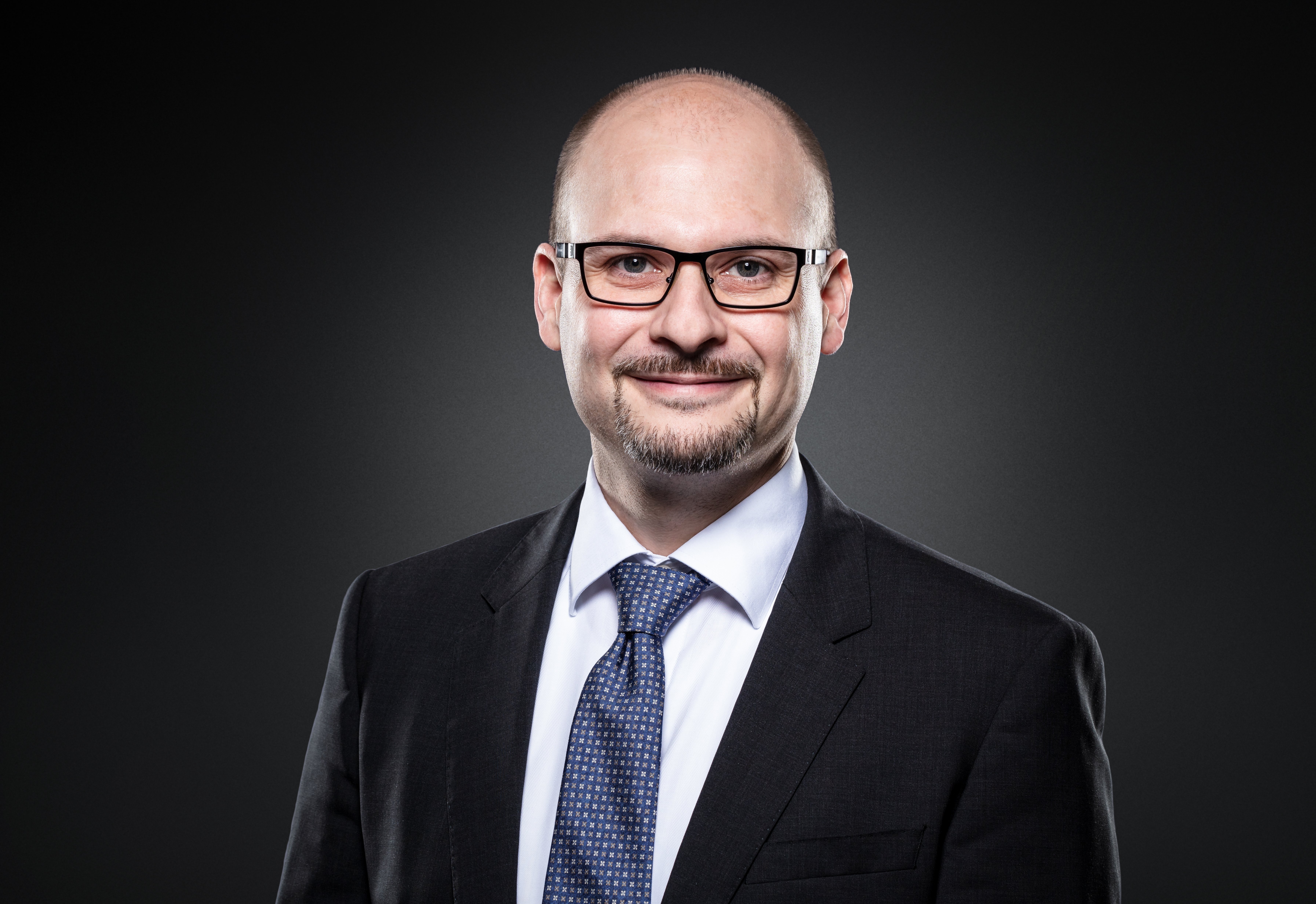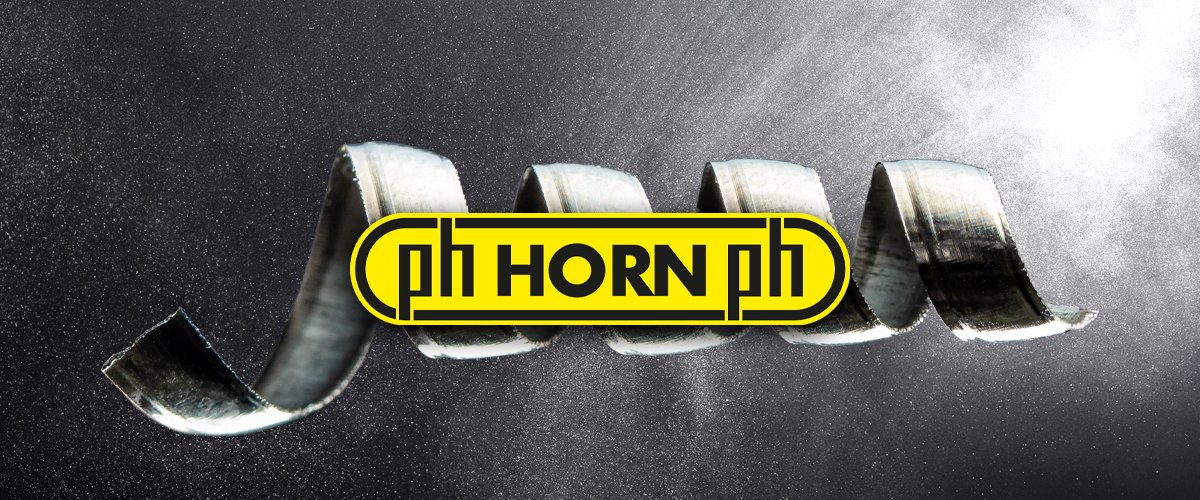Erleben Sie HORN
Interview with Markus Horn on the topic of digitalisation


Mr. Horn, even during the COVID-19 pandemic, digitalisation seems to have come on leaps and bounds. What do you think about that?
In the current context of COVID-19, digitalisation refers primarily to remote working and the use of communication software, for example for video conferencing. There has been noticeable increase in its adoption due to the pandemic. Digitalisation in manufacturing companies is driven by Industry 4.0 and has been pressing ahead for years, including at our company. For us, the focus is primarily on sales, marketing (e.g., regarding ISO 13399) and our production. Digitalisation must always bring added value; as an end in itself it is no help at all.
How does digitalisation look in your production department, for example?
We have already had networked production for many years. We see this as the standard. Now, things like cameras, sensors, consistent networking of all cyber-physical systems, artificial intelligence (AI) and machine learning are all being added. In addition to this, automation options such as robotics help us with our day-to-day work. Man and machine are becoming integrated in a more and more synchronised manner. The major difference compared to a few years ago is the standards that have been introduced – which I believe are very important – to help us to implement digitalisation in the long term.
Which standard do you use?
We made architectural decisions, flattened the traditional automation pyramid and established integration between the business process level, the machine process level and the PLC level. For this, we use a service-oriented architecture with a corresponding process platform as the Manufacturing Service Bus. In addition to this structure, we rely on the OPC-UA standard from a technological point of view. The UMATI standard, which is becoming more and more popular, is ideal here. Standardised data formats, like GDX (Grinding Data eXchange) make it much easier to share information. In the retrofit and remote maintenance areas, we rely primarily on open-source solutions.
How exactly have you diluted or disrupted the automation pyramid?
Nowadays, the line between IT and automation is becoming more and more blurred. At the same time, new technologies are being developed, such as 3D printing. In the past, there were production-related limits, but now the only limit is our imagination. In other words, virtually anything that you could possibly imagine can also be produced. To channel this vast array of imaginative possibilities and develop a product within the scope of HORN specifications, we use a product configurator, among other things, in our design work. One example is thread whirling, where specially adapted inserts are used. These can be designed in a matter of minutes using the configurator. The resulting design is available immediately on all levels of the traditional automation pyramid – from ERP right through to the sensors – via the Manufacturing Service Bus. This saves us time, which means we can reduce our delivery time.
How important do you think a digital twin is and what are the advantages?
In principle, a digital twin is a tool for reducing trans-action costs. It helps not only with the tool selection itself, but also with tool management, for example via our HORN tool management system. A digital twin also makes integration in CAM solutions easier and provides support with process monitoring. A digital twin must be readable for the user – only then will it be able to bring advantages. This is why standardised, digital exchange formats are hugely important. Paul Horn GmbH is a member of GTDE, the VDMA’s (German Mechanical Engineering Industry Association) CAD data exchange working group. What is this intended to achieve?
GTDE stands for Graphical Tool Data Exchange. Being able to exchange tool drawings via the GTDE server saves time and money. It also reduces the error rate. ISO 13399 also plays a key role. The serv-er provides an ideal platform for our customers to exchange standardised data. ISO 13399 is the basis for a good digital twin.
When you think about digitalisation with HORN products, the PTS system is what comes to mind. What is behind this abbreviation?
The abbreviation means Piezo Tool System (PTS). We developed the PTS together with Kistler, the world market leader in dynamic measurement technology for measuring pressure, force, torque and acceleration. The system consists of a force sensor which is inserted into the turning tool and provides information on the condition of the tool during machining. The extremely small piezo sensor can measure even the smallest cutting forces to a high resolution. The machine operator is therefore able to identify defective workpiece materials or a tool breakage immediately, resulting in minimum waste and maximum quality. The solution is compatible with selected standard turning toolholders from HORN. It does not require any intervention in the CNC system and can be used on any machine. The sensors can be replaced quickly and easily, and using the PTS results in decreased production costs as well as increased production capacity.
What do you expect to see in the near future in terms of digitalisation?
With the current situation, we are seeing exactly how important digitalisation is. The pressure or necessity to take action in many areas has led to numerous new ideas and thoughts regarding digitalisation. I think that it will continue to grow in future where there is a need. Standardisation plays a major role in ensuring that it can be applied comprehensively. With regard to production, this means that now that systems have been networked, the focus is on the resulting collaboration between the programmes and systems, as well as intelligent image processing, particularly AI.




